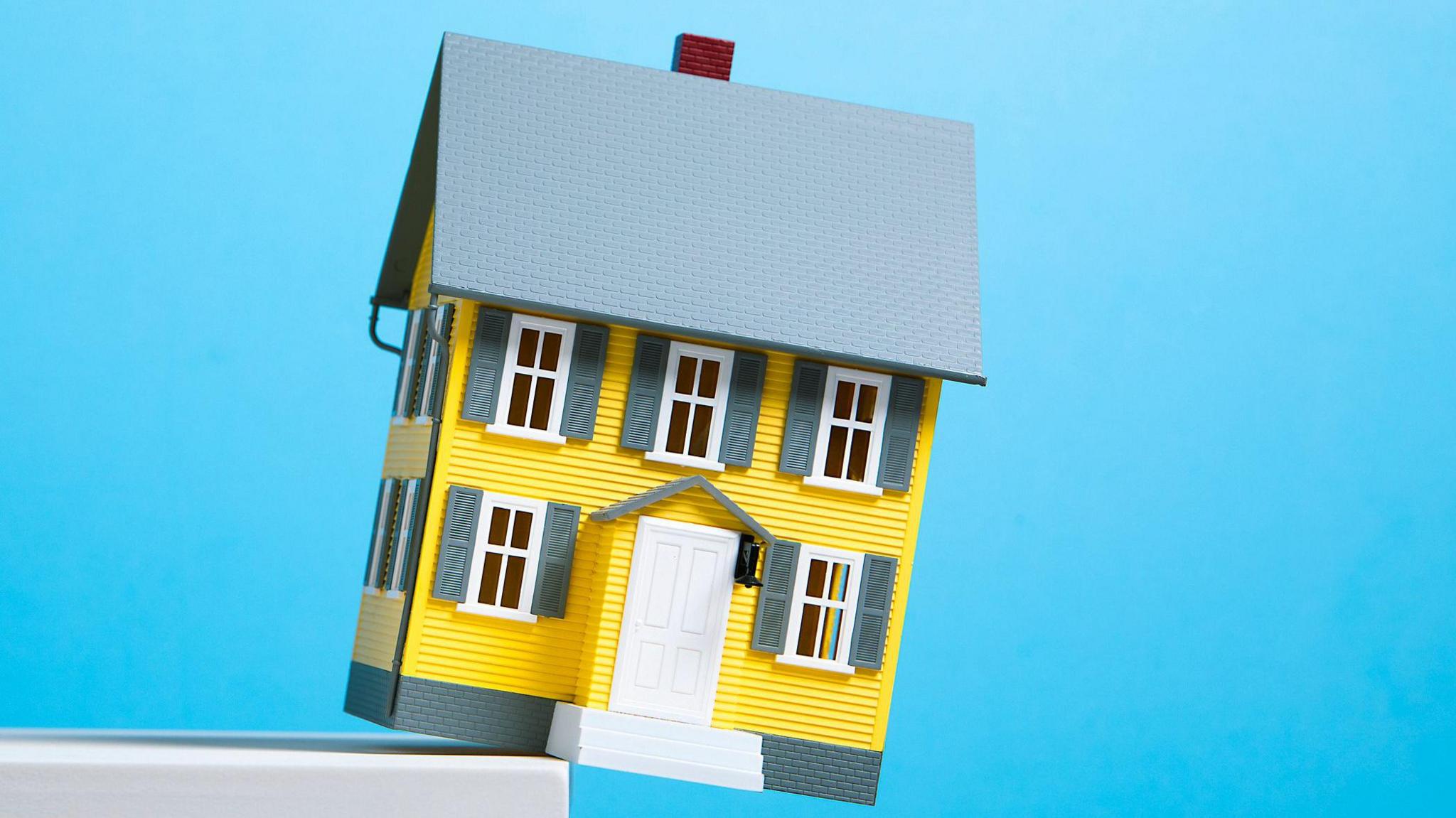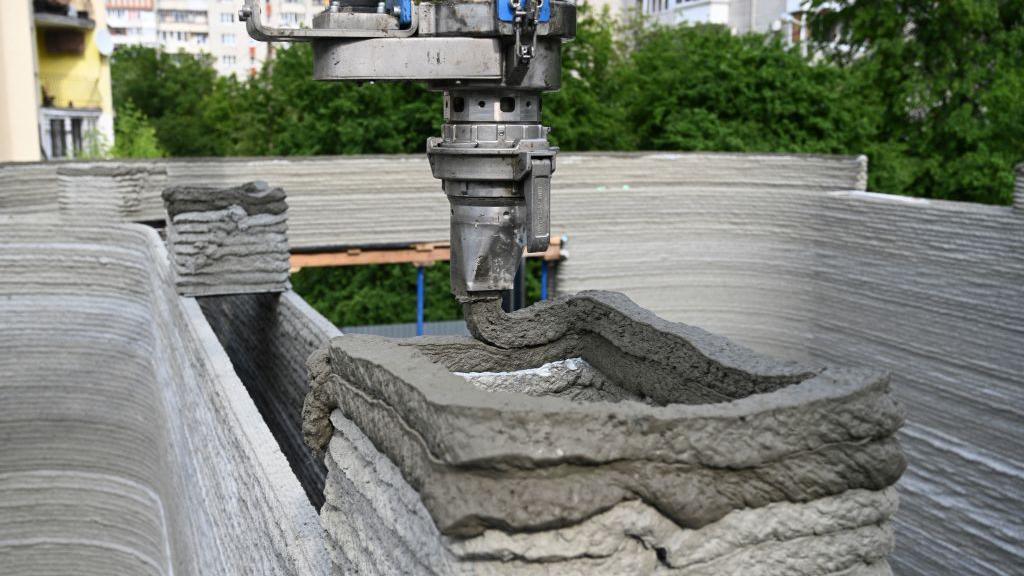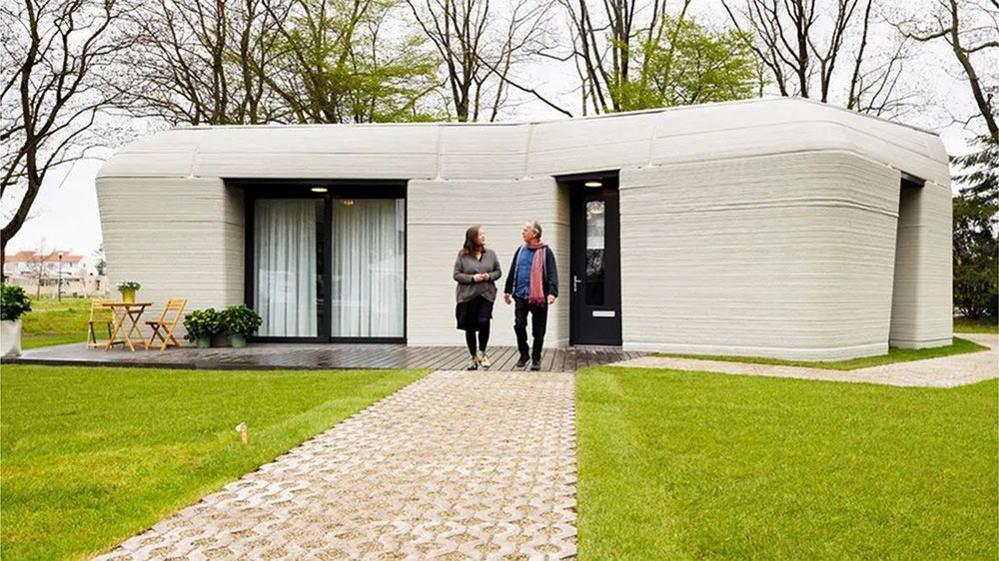Would you live in a 3D-printed house?

Scientists think they've found a faster way to build houses using a printer
- Published
Researchers at the University of Maine, in the USA, say they're working on a new 3D printer for making houses.
The university says it has made the world's largest polymer 3D printer, and the team behind it thinks it could even be able to 'print' a home in 48 hours.
The research team hopes 3D printed homes can give people a cheap place to live, especially in areas where there's not enough housing for everyone.
However, research is still in the early stages, and 3D printers can be expensive to produce.
Would you live in a 3D printed house? Let us know in the comments below.
3D print it all!
Check out this amazing 3D-printed house!
- Published4 May 2021
Check out the first ever 3D-printed steel bridge
- Published16 July 2021
Ancient dog reconstructed by scientists
- Published14 April 2019
How do 3D printers work?

This 3D printer here is being used to build a school in Ukraine
3D printing is a way of creating real objects using a computer.
A design for an object gets processed by a computer, and then printed.
It's a bit like when you print a document, but on a bigger scale and in three different dimensions rather than just text or pictures on a flat surfaces.
Usually 3D printers make things out of plastic, which is currently one of the cheaper ways to 3D print.
However, it's also been used to make food, bridges, and even a rocket (although it didn't manage to reach orbit).
Printing a house

3D printing has already been used to build houses, like this one in the Netherlands
Previously, 3D printing technology has been used to 'print' concrete into shapes to create walls and building structures.
Researchers in Maine say this new printer uses a special material that can be printed, and made, quickly.
The material - which is a bit like wood - can also be ground up and used for something else if the building isn't being used anymore.
The buildings are called BioHome3D, and there's currently a prototype that people can have a look around on the University of Maine campus.
